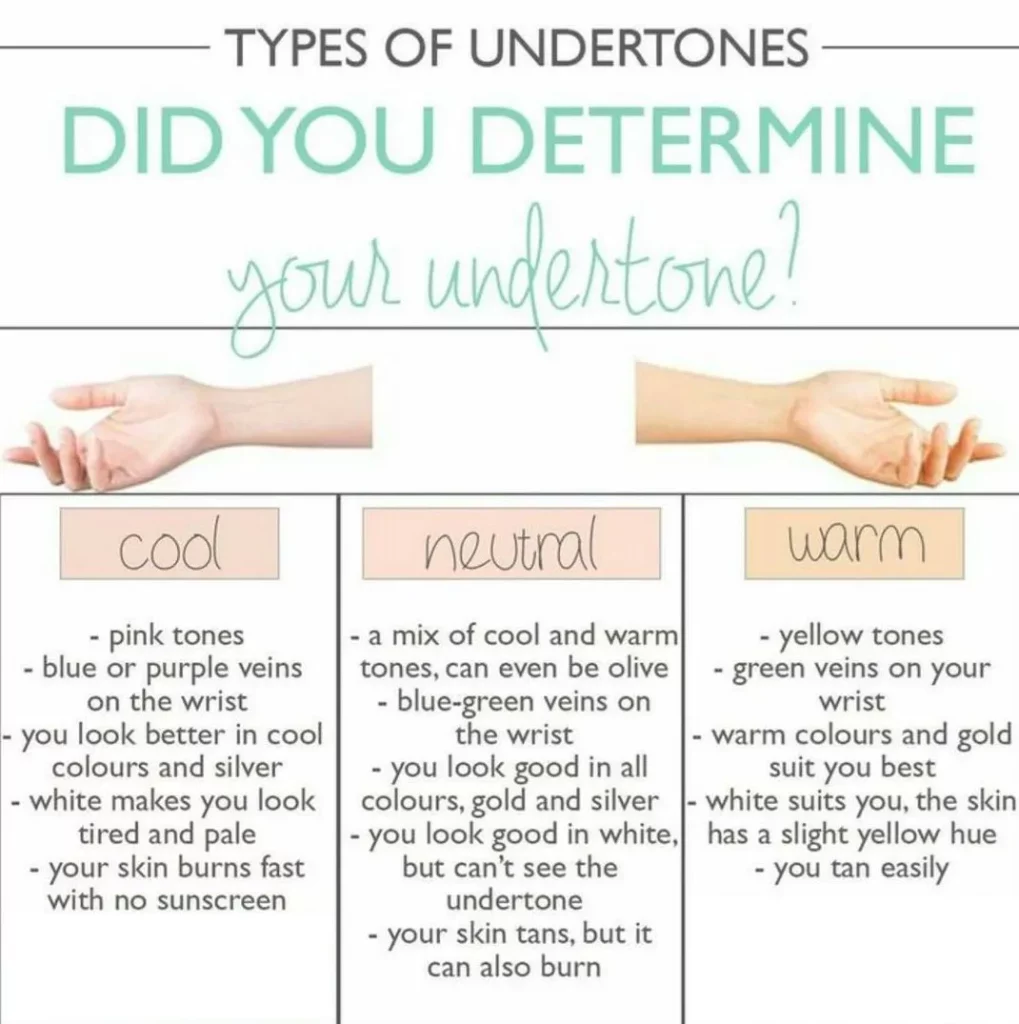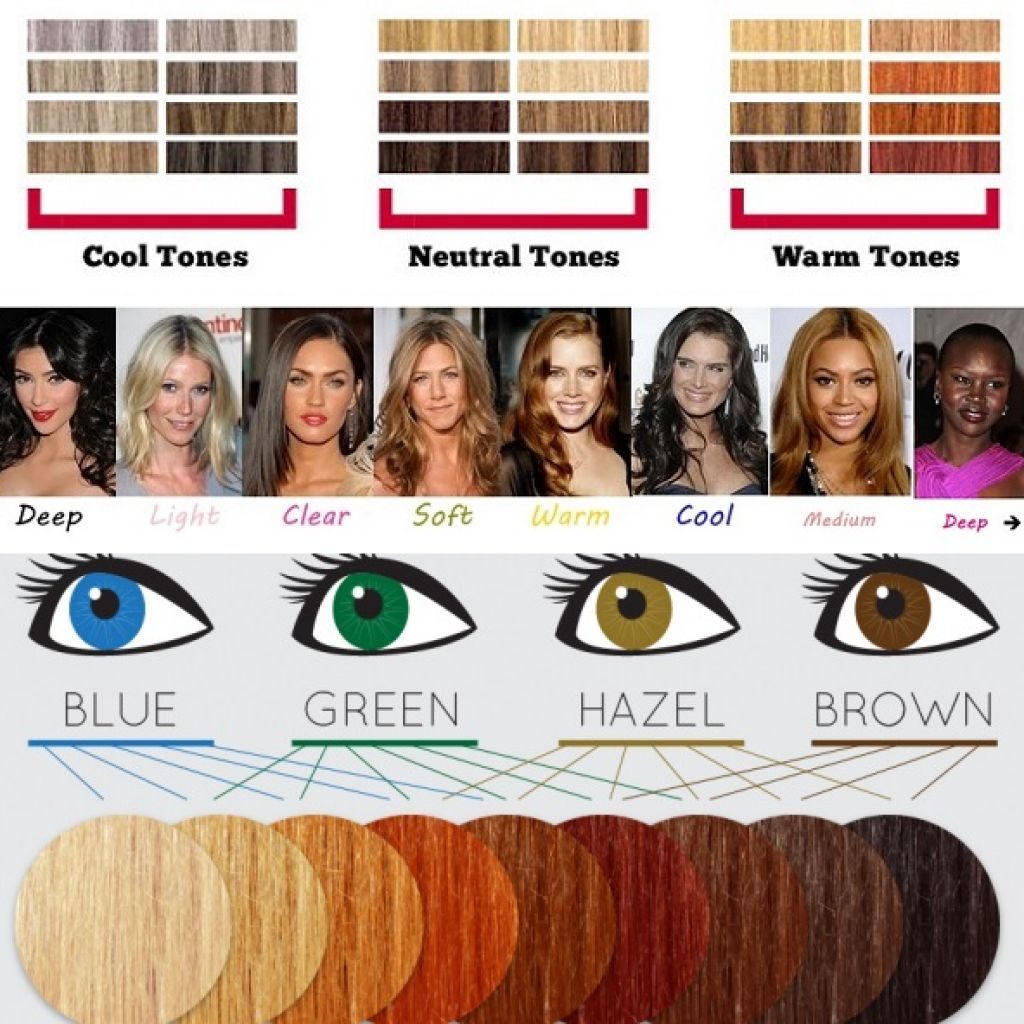Hair color is an important part of our appearance. It helps us express ourselves and define our style. But there are many factors that affect how well a particular shade looks on us. This guide will show you which colors suit your complexion and provide tips for choosing the right color.
Find out which colors work best with your complexion.
There are two main categories of hair color: natural and artificial. Natural hair color comes from pigments found in the melanin cells of the hair follicle. Artificial hair color uses chemicals to produce a range of shades. Both methods can be used to achieve any desired color. However, some people find that certain colors do not suit them as well as others. In addition, some people have naturally dark hair and light eyes, while others have the opposite combination.
If you want to know what works best for your skin tone, you should first determine whether you have blonde, redhead, brunette, or black hair. Next, you should consider the type of hair color you prefer. For example, if you prefer a lighter shade, then you might choose a yellowish brown or golden blond. If you prefer darker tones, then you might opt for a deep brown, chocolate brown, or mahogany brown. Finally, you should take into account your eye color. If you have blue eyes, then you might want to avoid bright orange or red tones. On the other hand, if you have green eyes, then you might enjoy a brighter pink or coral tone.
Once you know what kind of hair color you prefer, you can find out which shades work best for your skin tone. To figure out which colors look best on you, you should use a color wheel. The color wheel is divided into three sections: primary, secondary, and tertiary. Primary colors include red, yellow, and blue. Secondary colors include purple, green, and orange. Tertiary colors include brown, gray, and violet. You can use the color wheel to help you decide which colors look best on your skin. For example, if your skin is fair, then you might want a light peach or apricot tone. If your skin is medium, then you might want something between a light peach and a dark tan. If your skin is olive, then you might want an oatmeal or beige tone.

Know how to use this chart to find the right shade for your skin tone.
To determine the best hair color for your skin tone, start by looking at the chart below. It will show you the ideal hair color for each skin tone. If you are unsure of your skin tone, take a picture of yourself with a white background and then compare it to the chart. You can also ask a friend who knows you well to help you identify your skin tone.
The first step to finding the right hair color is to know what your skin tone is. There are several ways to figure out your skin tone. One method is to look at the color of your lips. If your lips are pinkish red, you have a cool skin tone. If your lips are pale yellow, you have a warm skin tone. Another option is to look at the colors of your cheeks. If your cheeks are rosy, you have a cool complexion. If your cheeks are pale, you have a warm complexion. A third way to determine your skin tone is to look at the whites of your eyes. If your eyes are blue, you have a cool tone. If your eyes are green, you have a warm tone.
Once you know your skin tone, you can then choose from one of three different charts to help you pick the best hair color for your skin tone. The first chart shows which shades work well for people with cool skin tones. The second chart works for those with neutral skin tones. And the last chart helps you choose the best hair color for people with neutral warm tones.

Learn about the benefits of using a professional colorist.
Professional hair coloring services are an excellent investment because they can make your hair look healthier and more vibrant. They can also give you the perfect shade of blonde or brunette every time. In addition, they can help you achieve the right color for your skin tone.
A professional colorist knows exactly what products work best for your hair type and lifestyle. She can recommend which products are safe for your hair and scalp, and she can tell you if there are any special steps you should take before getting colored. For example, some people find that applying a leave-in conditioner prior to coloring helps prevent damage from heat styling.
Professional colorists know how to use the right tools to achieve beautiful results. They understand the different types of hair and how each one responds differently to certain treatments. They also know how to apply the proper amount of product to ensure that your hair stays soft and manageable throughout the process.